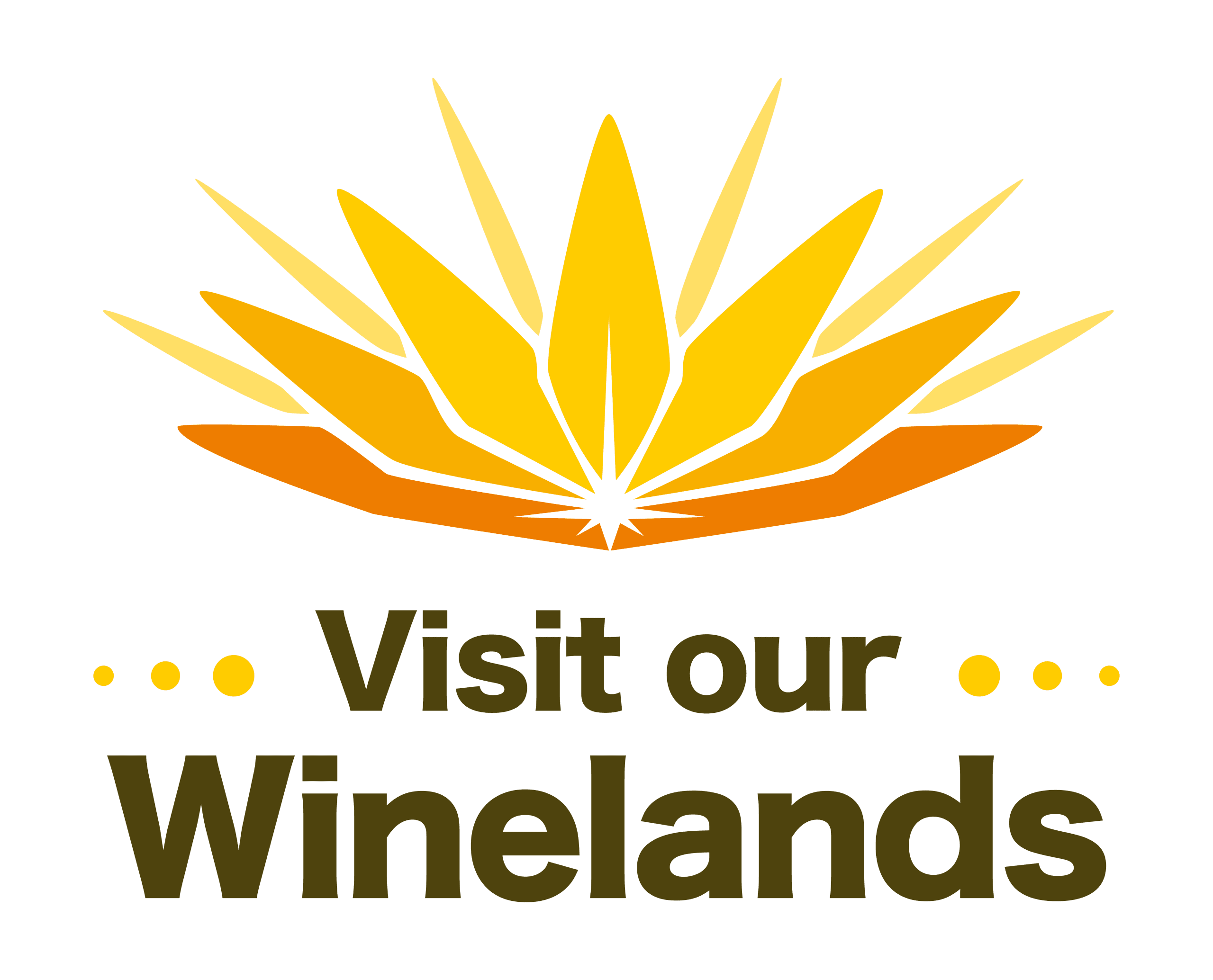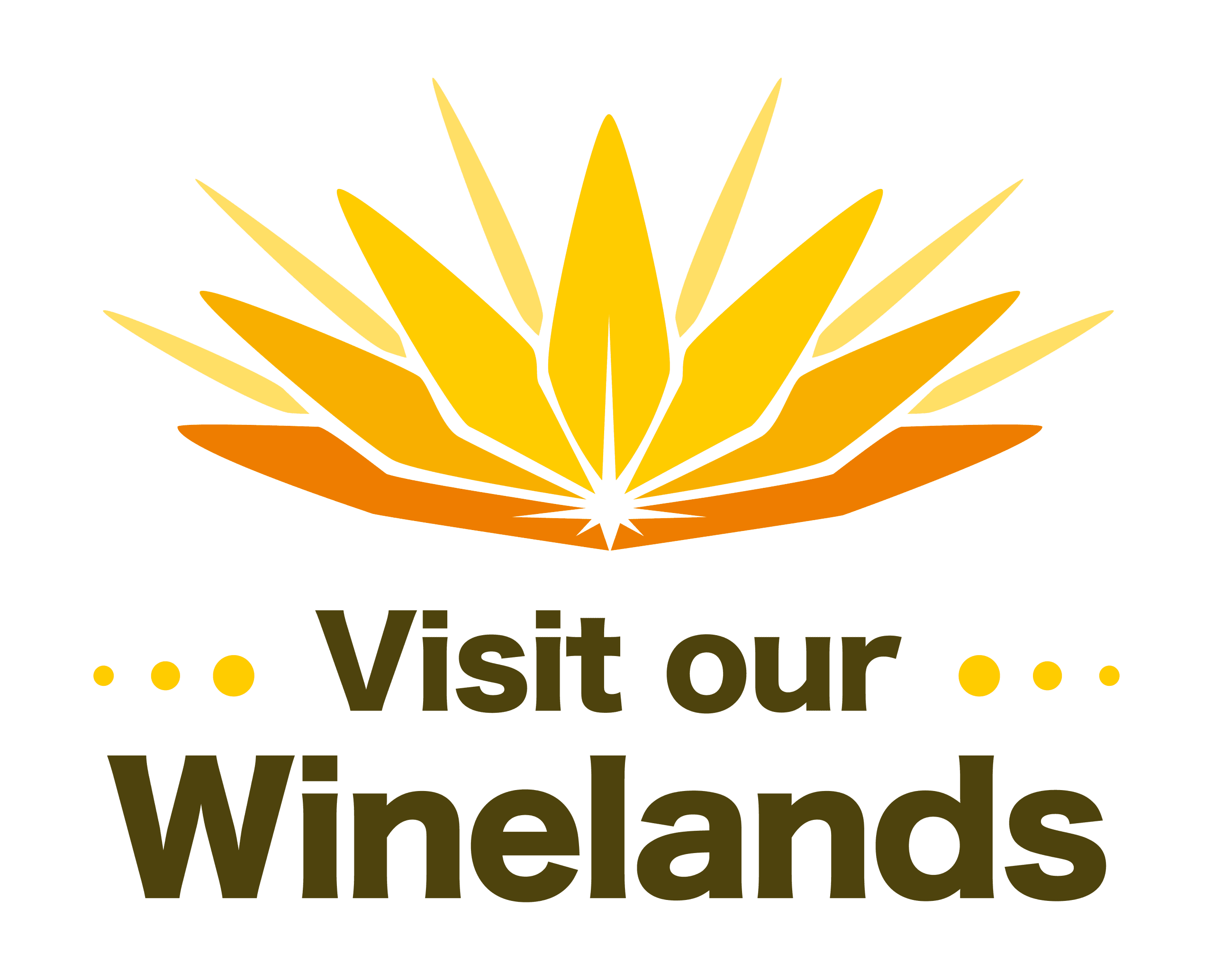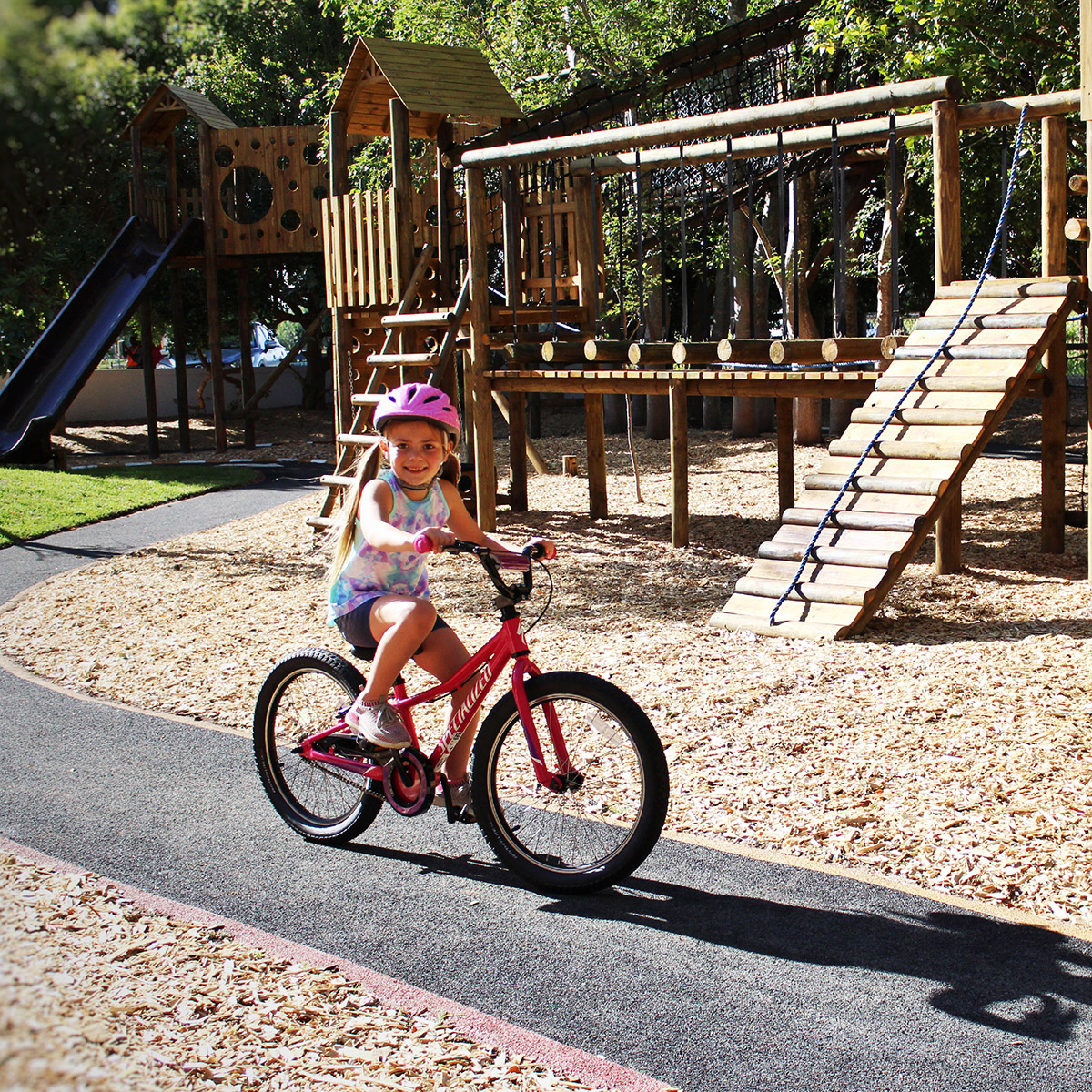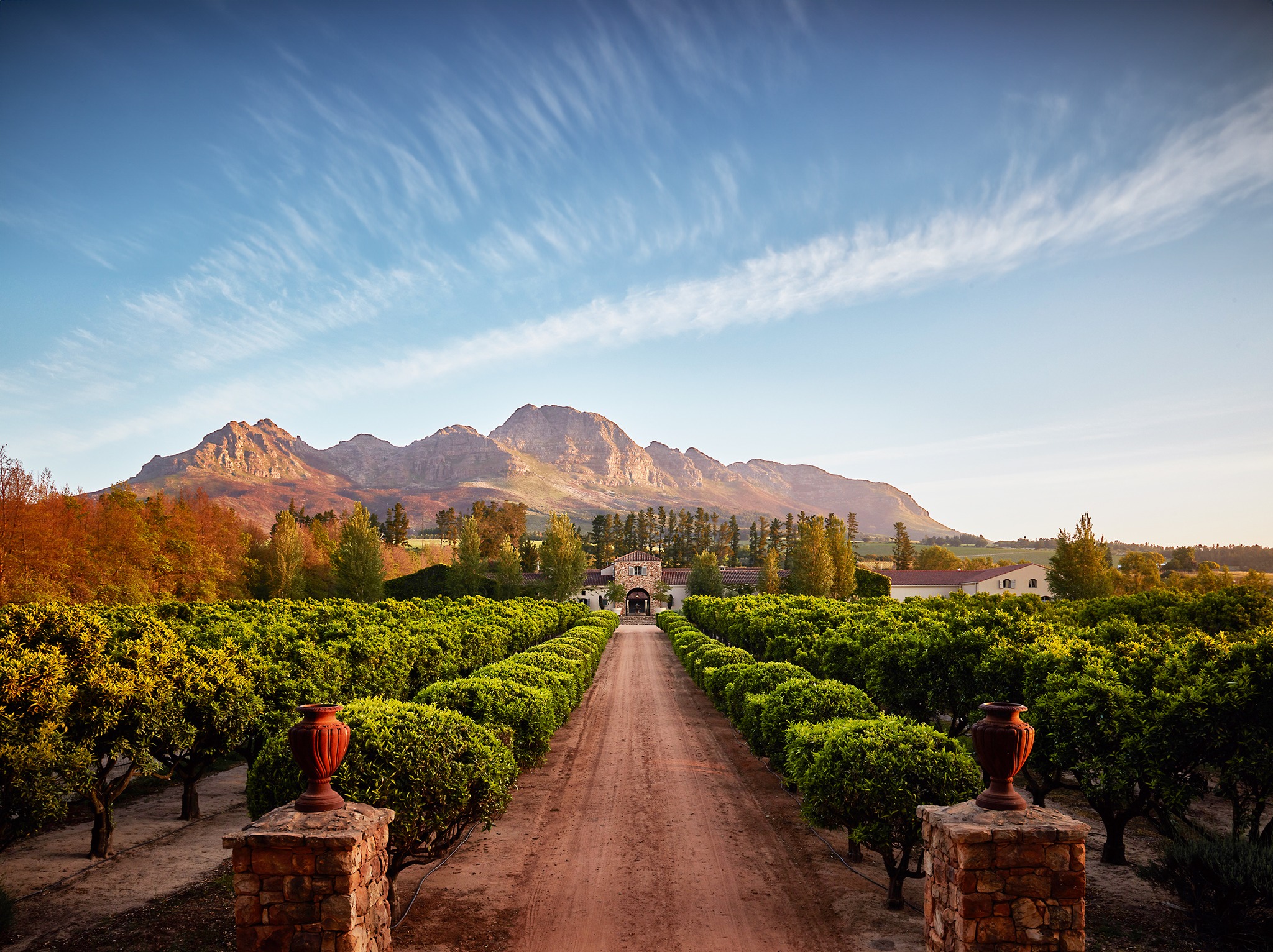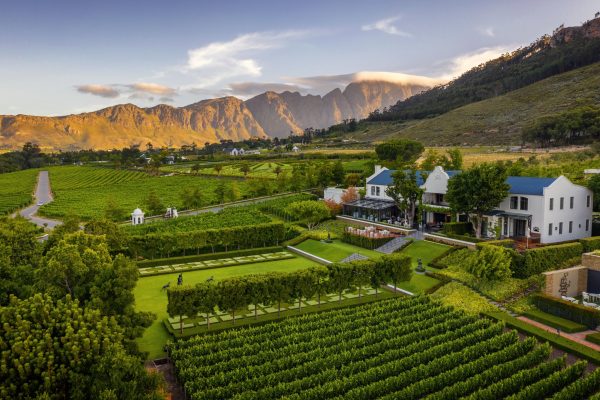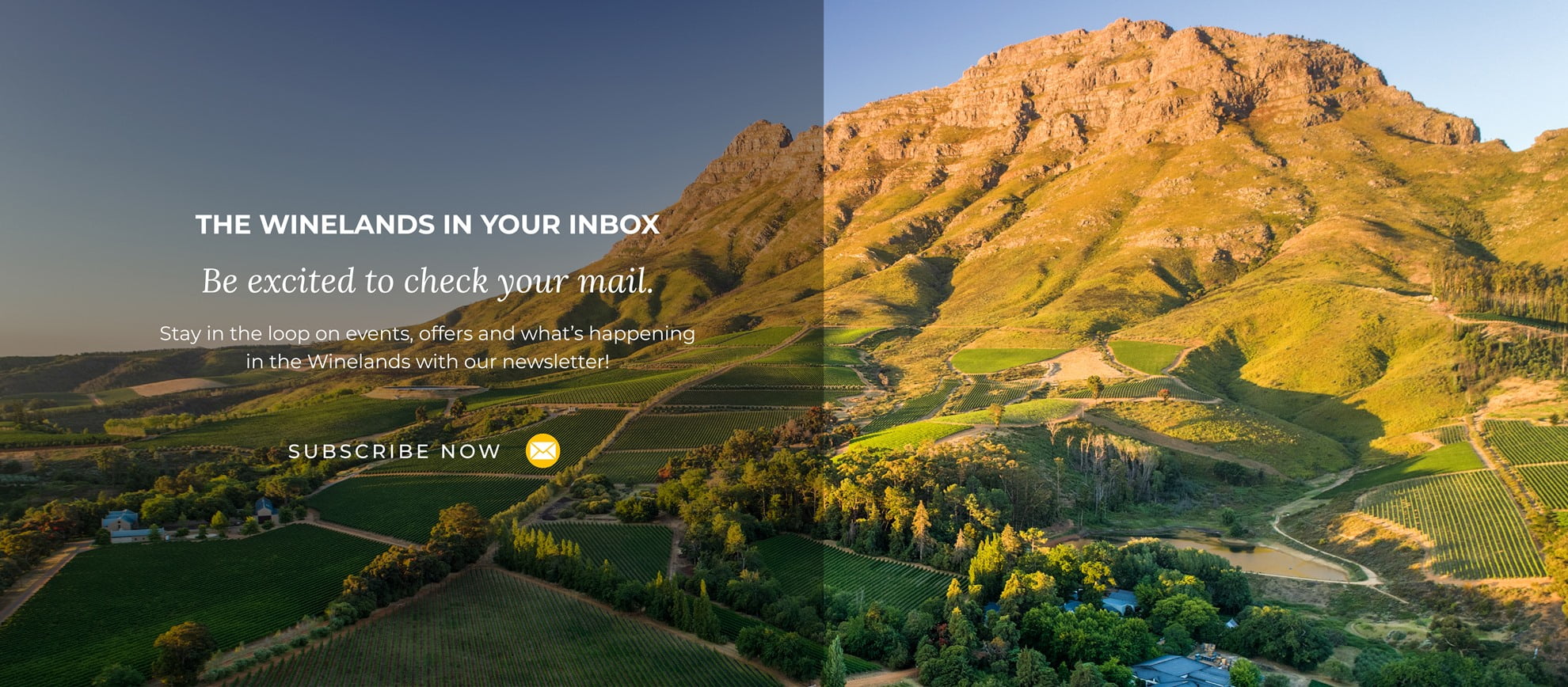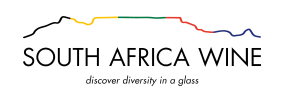The N7 from Cape Town isn’t an obvious track for a close-to-home wine trip, but those in the know tell you it’s where some of SA’s real winery gems lie.
“We’re on the very edge of the border. In fact, most people who arrive here by chance are surprised to discover vines out here,” says viticulturist Hein Grobbelaar. In fact, Org de Rac is quite possibly more well-known than its actual location, out here on the rim of the Swartland.
Driving out of the city, the appearance of wheatfields somehow sets a new tone for the traveller. On our trip, we’ll eventually cross three distinctly different regions: Swartland, Piekenierskloof and the Cederberg.
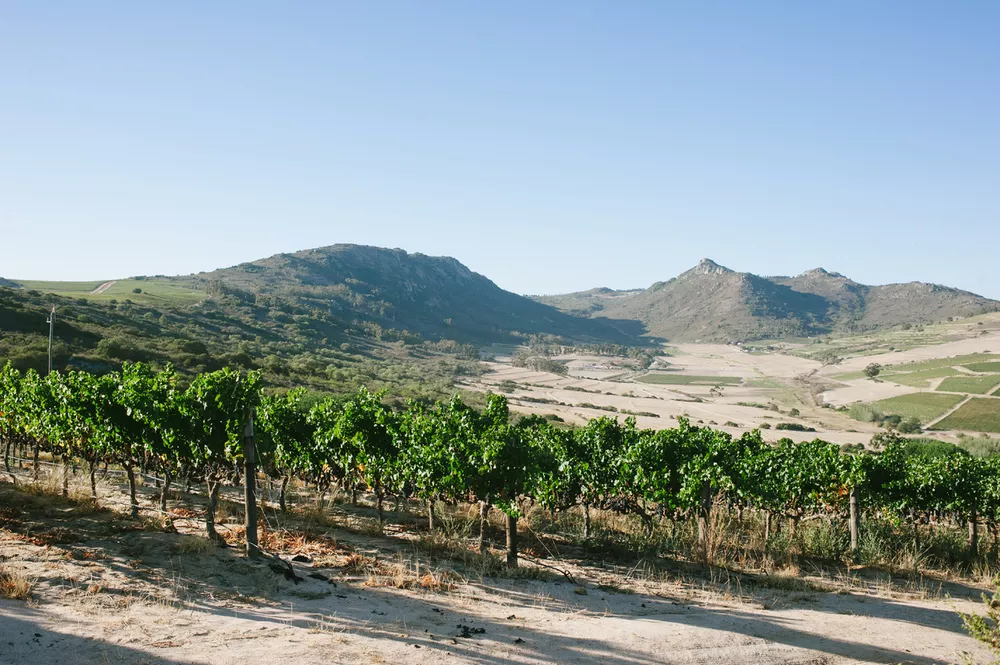
Past Malmesbury, the landscape flattens out and the sight of vineyards dwindles dramatically. Then, just before Piketberg one encounters Nieuwedrift, the farm of Johan and Karin Mostert that’s famous for amongst others its MCC and Sunday roasts. We pop in briefly for a look around. The restaurant is busy and tasting room bustling with visitors eager to try the MCC but also shiraz, chenin blanc and blanc de noir wines.
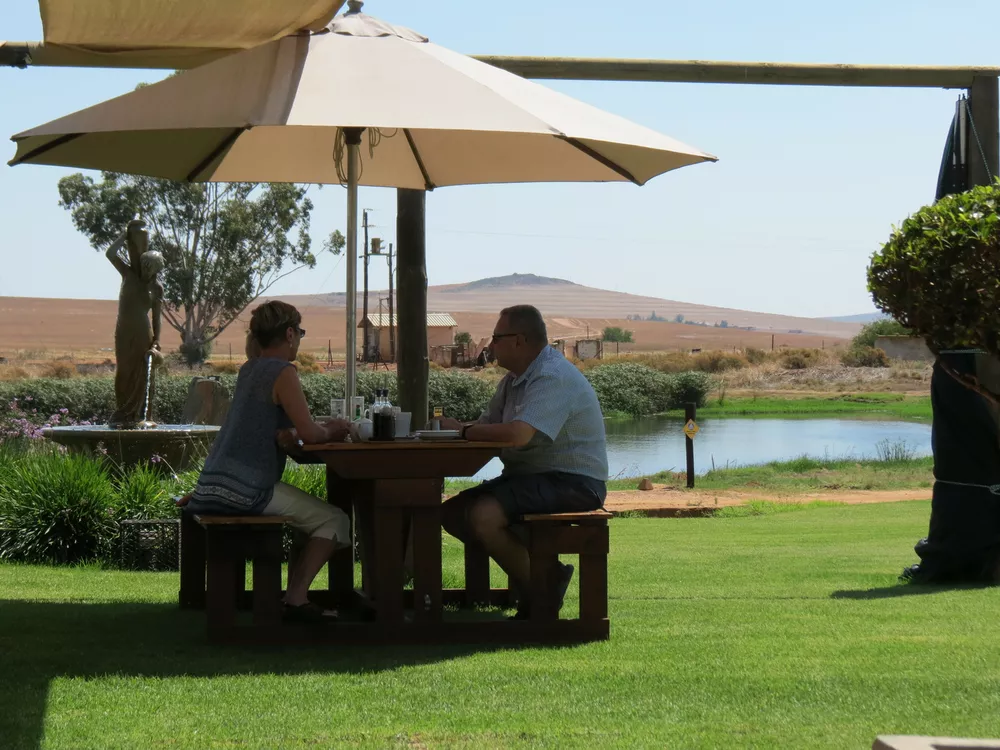
A short drive on, as the road rises across a shoulder of the mountain, there’s a swathe of green and the familiar trellising denoting more vines. It was here that fishing magnate Nico Bacon established Org de Rac in 2000. The 54ha estate quickly became a trailblazer for the organic wine movement, proving that good wine could be made in an eco-friendlier way.
Hein recently joined the team under renowned winemaker Frank Meaker and eagerly tells me when the compost and poison sales people arrived after hearing he’d found a new position, he had to disappoint. “I said to each one: Unless you’re wearing an organic certification around your neck when you come through those gates, I can’t help you.
“The sea is just 50km from us; it’s cool in the mornings and in the afternoon’s the ocean breeze picks up, keeping the vines healthy.”
I run through a tasting of the wines – a portfolio encompassing its cabernet sauvignon, merlot, shiraz, chardonnay, mouverdre, grenache, chenin blanc, roussanne and verdelho. It produces wine for restaurateur Jan-Hendrick van der Westhuizen, he of the Michelin-starred JAN in Nice, France.
The farm also has some citrus and an olive grove for its extra virgin cold pressed olive oil. Lavender has been replaced by more vineyard.
Outside on the terrace overlooking the vines and the dry fields in the distance, a small group has a tasting of their own. Come departure time and we all somehow end up at the till together.

We hit the road and soon start the climb up the Piekenierskloof Pass, our next destination. There’s the required stop along the way for a couple of snaps of the magnificent view. The air is chill; a hint of the wine story to come.
It’s not my first time in the area. A couple of years back, there was a visit to Tierhoek. The directions into the remote peaks and valleys were tricky, but the visit was a revelation. The first sign we were getting close to the farm with its old, thick-walled buildings were the gnarled vines hugging the ground on an exposed, rocky mountainside. The original Sandveld farm was restored by Tony and Shelley Sandell.
The region’s vineyards are fascinating for their location and history; they’re a concentration of older vines dating to 1968, which is rare in the South African context.
Grenache in particular thrives in the area as does cinsault and chenin blanc, which is one reason fruit for many famous wines made elsewhere is sourced here.
Our overnight stop is Hebron, the slow, rural antithesis of the busy highway nearby. Here, Steve and Caro Oldroyd have established a gem of a hideway on a lush, 8ha small-holding. Picture wicker loungers in dappled shade of a wisteria; the old family hound, Bowzer, half-asleep in a corner of the stoep; delicious meals and fresh sourdough served at a rustic table.
Hebron is also home to the cool, thatch-roofed tasting room of the Piekenierskloof Wine Company, the entity that emerged from the local co-operative established in 1957. From my perch at the counter, I can see some of its old bush vines huddled in sun-drenched rows.
We’re here for the “Grenache Experience”, a food and wine pairing that must be pre-booked. Bridget van Zyl, a descendant of farmers who planted some of the vineyards that still thrive today, gives a brief introduction to the area: its construction by famed road-builder Thomas Bain; and, the naming of the pass after Dutch piqueniers who policed it.

Heading up operations at Piekenierskloof Wine Company is Jaco van Niekerk, an experienced winemaker appointed in 2017 as general manager. His wife, Cerina, is a classical pianist and winemaker dedicated to old vines and famous as the maker of Cecilia Pinotage. She joined Jaco at Piekenierskloof in 2018.
Our journey north continues but not before a stop at the museum in nearby Citrusdal, where I learn an interesting fact. “Long before the first commercial orange trees were planted, the fruits of the vine had brought fame to the valley,” notes a sign above a display of old farm implements and a large copper still. Apparently, Napoleon in exile on St Helena is said to have insisted on the sweet wines from a farm on the Olifants River.
The display also extolls the virtues of the region’s high-altitude wines grown “close to the snow line” – those vineyards belonging to Cederberg Wines, our next destination.
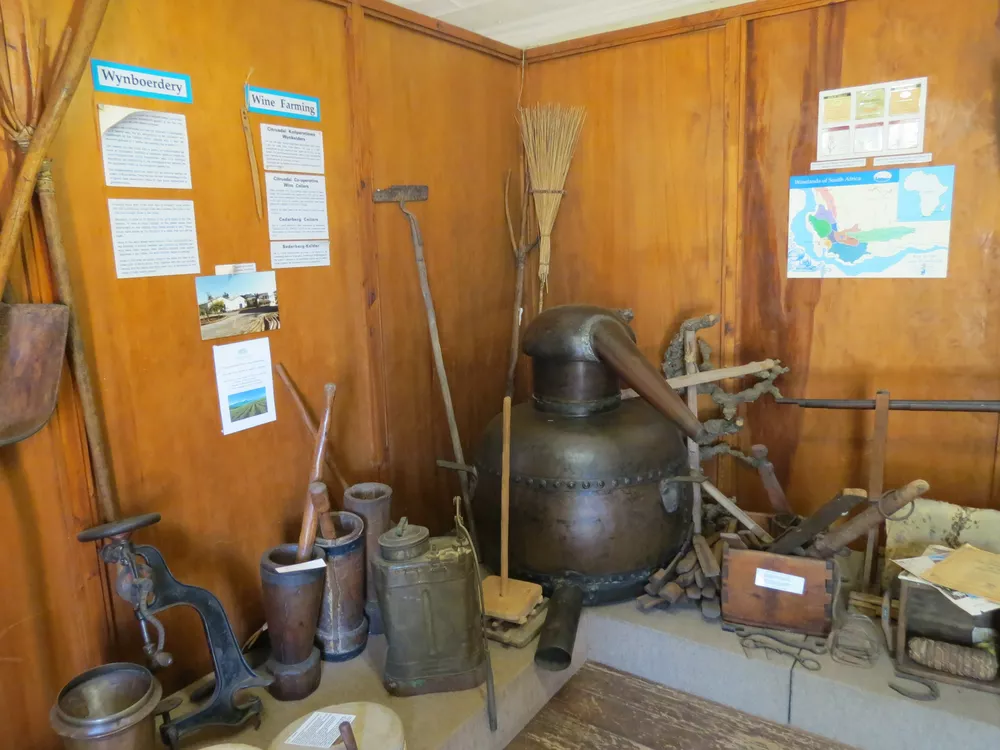
Now, it’s a bit of a drive that visitors to the area will be familiar with. The trip from the Algeria turn-off on the N7 to the farm takes about one hour and can be longer due to roadworks underway. Still, when we visit, the tasting room is jam-packed. All hands on deck, including owner David Nieuwoudt, Pieter du Toit who’s responsible for marketing and Janine Steyn, logistics.
All around us are mountain peaks, the familiar rock formations of the Cederberg and fynbos.
The Nieuwoudts have been here since the mid-1800s with the present family moving to the farm Dwarsrivier – now home to the Cederberg Private Cellar winery – in 1893. Wine grapes were only planted in 1970s, around the time David Nieuwoudt was born. He took the reins in 1997.
Today, the farm is home to Sanddrif holiday accommodation as well as the brewery that makes the renowned Boggom&Voertsek. As for the wines, the winery process grapes from the farm, for its Cederberg range; and, those from Elim, located 12km from Africa’s southernmost point, for its Ghost Corner range.
Reflecting on his “wines with altitude”, David says: “The style of Cederberg wines reflects where they come from. They’re clean-cut, fresh, alive and aromatic.” He adds: “They’re made to technical correctness.”
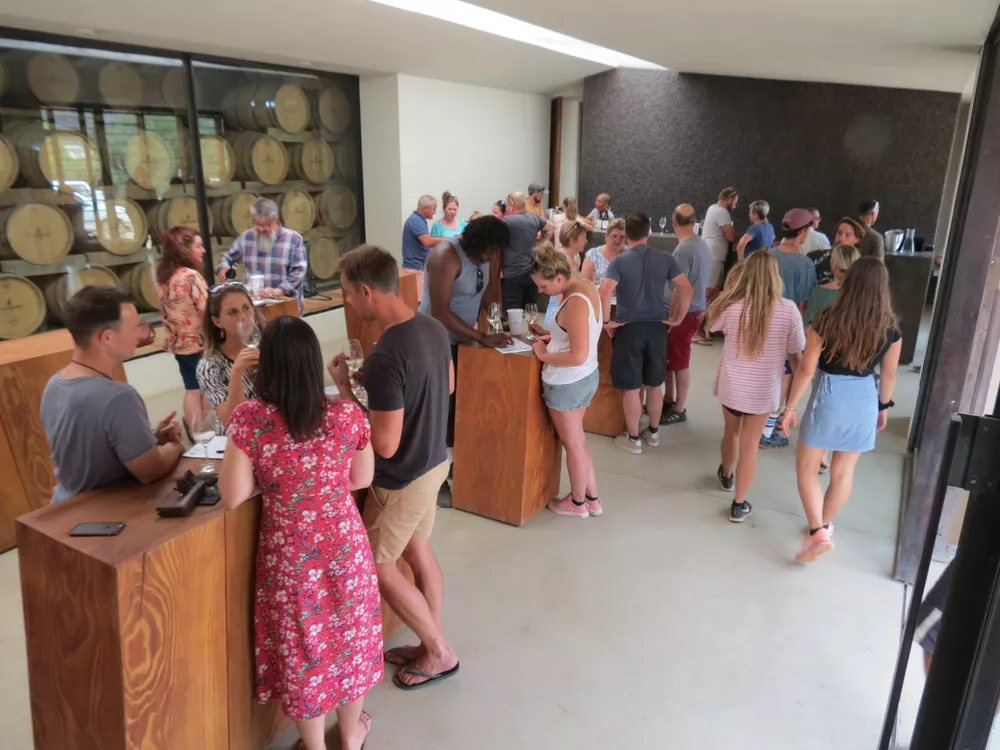
Still, he’s not averse to innovation. He travels to Chile annually to “push the envelope” through a partnership with Chilean Julio Bouchon called Longaví Wines. He also gets the chance to work with vines over a century old. “Chile is the only country that wasn’t wiped out by Phyloxera, so they have very old vineyards. The vines have also limited access to water, so they’ve had to burrow deep for the nutrients to survive. This gives them intensity and concentration.”
Before we head back down the gravel road, we grab a bottle of Bukketraube. The winery’s one of only three that makes it in South Africa. The tasty conclusion somehow seems fitting to our journey to this part of the world.
If you plan to visit:
Org de Rac is open Monday to Friday 09:00 – 17:00, Saturdays and public holidays 09:30 – 14:00. Visit www.orgderac.co.za.
Nieuwedrift is open Monday to Thursday 11:00 – 15:00 and Saturday from 11:00 to 20:00. Visit www.Nieuwedrift.co.za
Tierhoek can be visited by appointment only. Send email to info@tierhoek.com. Visit www.tierhoek.com
The Piekenierskloof Wines tasting room at Hebron is open Tuesday to Saturday, 09:00 to 17:30. Visit www.Piekenierskloofwines.co.za.
The Cederberg winery tasting room is open Monday to Friday: 09:00 –12:00 and 13:30–17:00; Saturday: 09:00 – 12:00 & 13:30 – 16:30; and, on public holidays: 09:00 –12:00 and 16:00–18:00. Visit www.cederburgwine.com.
